The Top 10 College Soccer Scholarships and How to Apply
Securing a college soccer scholarship is a transformative opportunity for aspiring student-athletes. With financial support, you can focus on excelling both academically and athletically. This guide outlines the top college soccer scholarships, explains the application process, and provides tips for maximizing your chances of success, leveraging official information from the NCAA, NAIA, and NJCAA.
Top 10 College Soccer Scholarships
NCAA Division I and II Athletic Scholarships
NCAA Division I schools offer up to 9.9 scholarships per team for men’s soccer and 14 for women’s soccer, while Division II schools provide up to 9 scholarships for both genders. These scholarships are often partial, allowing coaches to divide funding among multiple players to build balanced teams.NAIA Soccer Scholarships
NAIA schools can award up to 12 scholarships per team for both men’s and women’s soccer. These scholarships often combine athletic, academic, and need-based funding to support diverse student-athletes.NJCAA Soccer Scholarships
The NJCAA permits its member schools to offer up to 18 scholarships per team, which can be used for tuition, room, board, and books. Junior colleges often provide a more affordable path to earning a degree while competing at a high level.Division III Need-Based Financial Aid
While NCAA Division III schools do not offer athletic scholarships, many provide substantial need-based financial aid and merit scholarships. Student-athletes can combine academic and extracurricular achievements to reduce costs.Academic Merit Scholarships
Strong academic performance makes student-athletes eligible for institutional merit-based scholarships. These awards can often be combined with athletic funding in Division I and II programs.International Student-Athlete Scholarships
NCAA, NAIA, and NJCAA schools often recruit international players and provide scholarships to attract global talent. These awards are particularly competitive in soccer, given the sport’s international appeal.Transfer Scholarships
Student-athletes transferring from junior colleges (NJCAA) to four-year NCAA or NAIA programs often qualify for athletic scholarships. Coaches value players with prior collegiate experience, creating strong scholarship opportunities.Community-Based Soccer Scholarships
Many NJCAA-affiliated schools partner with local organizations to offer scholarships to soccer players who excel in their communities. These scholarships often emphasize leadership and community involvement alongside athletic ability.Dual Sport Scholarships
Some schools offer scholarships to student-athletes competing in multiple sports, including soccer. Balancing sports increases eligibility for funding at NAIA and NJCAA schools.Coach-Directed Scholarships
Coaches at all levels of NCAA, NAIA, and NJCAA programs have discretion over scholarship allocation. Building a strong relationship with a coach and demonstrating athletic and personal qualities can influence scholarship decisions.
How to Apply for College Soccer Scholarships
Research and Identify Opportunities
Use official NCAA, NAIA, and NJCAA resources to explore soccer programs that match your academic and athletic profile.Understand Eligibility Requirements
Ensure you meet specific academic and amateurism requirements. For NCAA Division I and II programs, this includes:16 core high school courses
A minimum 2.3 GPA in core courses
Certification through the NCAA Eligibility Center.
NAIA student-athletes must meet at least two of the following:
A 2.0 GPA
18 ACT or 970 SAT
Graduation in the top 50% of their class.
Prepare Required Documentation
Gather academic transcripts, standardized test scores, a highlight reel, and letters of recommendation from coaches and teachers.Communicate with Coaches
Initiate conversations with coaches through emails and recruiting questionnaires. Share your academic and athletic achievements, highlight video, and plans for campus visits.Submit Applications and Maintain Compliance
Submit all required forms and maintain amateurism status as outlined by the NCAA, NAIA, or NJCAA. This means avoiding professional contracts, salaries, or endorsements.
Tips for Securing a College Soccer Scholarship
Start Early
Begin researching programs and reaching out to coaches during your sophomore or junior year of high school.Attend ID Camps and Showcases
Participate in events hosted by college programs or third parties, where coaches scout for talent.Focus on Academics
High academic performance increases your eligibility for additional funding and makes you a more appealing recruit.Develop a Highlight Reel
Create a professional video showcasing your best soccer skills and game moments. Share this reel with coaches during communication.Build Relationships with Coaches
Consistent communication with coaches helps you stand out as a committed and driven candidate.
Why Scholarships are Critical for Soccer Recruiting
With over 460,000 NCAA student-athletes, competition for scholarships is fierce. Only about 7% of high school athletes move on to college sports, and an even smaller percentage receive scholarships. The NAIA and NJCAA provide additional opportunities, making these organizations valuable pathways for student-athletes seeking affordable education while pursuing their soccer dreams.
By thoroughly researching programs, meeting eligibility requirements, and actively engaging in the recruiting process, you can increase your chances of securing a scholarship and achieving your collegiate soccer goals.
Contact Upper 90 College today to discuss how we can assist you gain college soccer scholarships across our vast network of college soccer programs in the USA!

